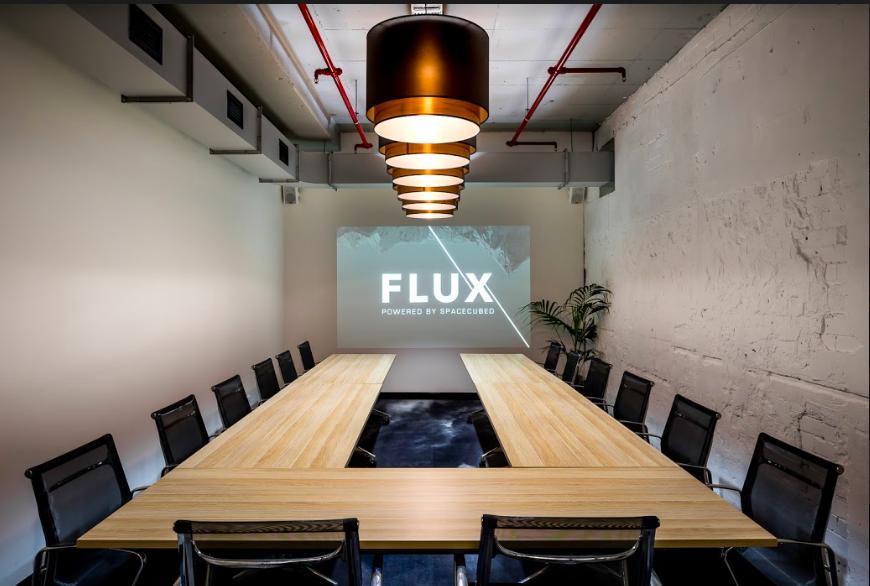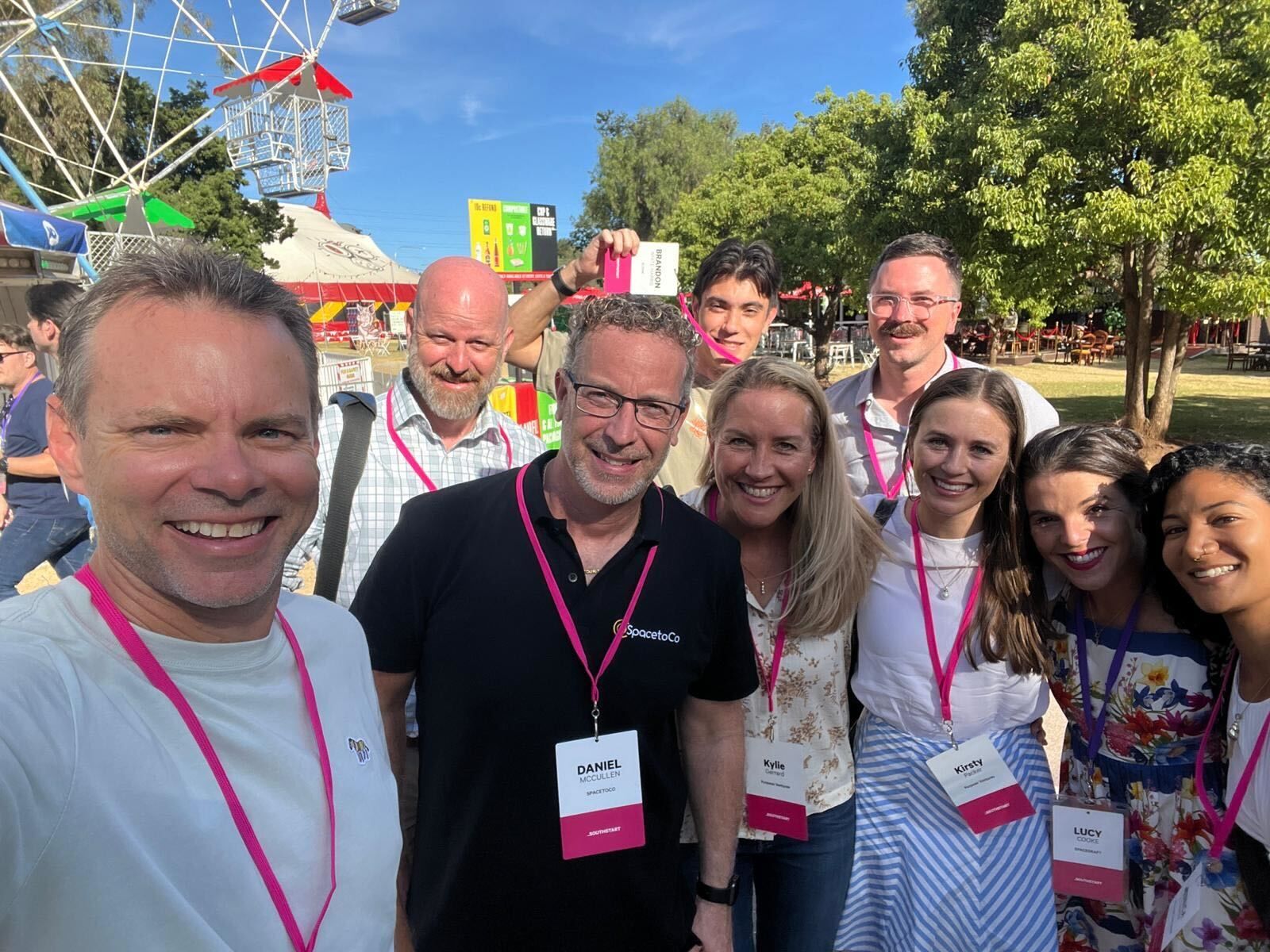Corporate Venturing in Perth Requires a Portfolio Approach (Part 2)
In part 1 we discussed the 3 Horizons Growth framework for building a portfolio approach to corporate venturing.
Identifying that the corporations that will win at corporate venturing are those that become ambidextrous and continuously deliver on innovation across all three horizons;
Horizon 1 (H1): Includes the core business and the business model that has provided the greatest profits and currently defines the brand.
Horizon 2 (H2): Includes emerging and disruptive opportunities that have gained significant traction. In most cases, these will be adjacencies of the H1 business.
Horizon 3 (H3): Includes efforts to harness disruptive ideas that can provide profitable growth in the future. This growth may consist of revenue or a larger share of consumer behaviour and data.
It's safe to say that in Perth some organisations have focused their efforts on H1 startups.
Over recent years IBM, Cisco and Microsoft continue to partner with or acquire startups to gain access to innovation(growth) that meets their H1 needs. As such it's important, we shift our thinking around what makes a H1(core business) relevant startup.
The question is;
"Where do the future H1 businesses come from?"

The answer is H1 businesses can appear overnight from H2 and H3 horizons. Due to the relative ease of scaling technology, it's now possible for a team of 2 to scale to +600,000 users from a St Georges Tce office #TrueStory.
The time between a startup being H3 to becoming H1 relevant to your corporation has shrunk at an exponential rate.
One not so recent but well-versed example is the Taxi industry and Uber in San Francisco. I think we're all sure there would have been at least one taxi executive that would have written off Uber as a fringe effort having not yet comprehended the ability of a well-funded startup to scale quickly.
It's for this reason that corporations require a portfolio approach across all three horizons. Particularly the importance of innovation outposts and clusters in providing the right opportunities and access to H2 and H3 startups.
H2 startups are usually the easiest to comprehend internally and can split into two distinct types;
Type 1: Using the existing business to extend into an adjacent market to create a new core business. A recent example being NVIDIA's growing automotive business and demand for GPU's in the application of AI. H2 Type 1 businesses usually have the following characteristics;
Create products or services that adapt existing technology. OR create technology that is deployed on an existing platform within the core business.Enter a market that already exists but the corporation is yet to enter.Type 1 may not necessarily employ a new business model.
Type 2: Scaling validated H3 startups to create new H1 businesses. H2 Type 2 businesses usually have the following characteristics;
Create new platform based on new technology.Enter a new market or create a market.Utilise a new business model.
H2 Type 2 businesses have the potential to disrupt or cannibalise the existing core business. That is why it is necessary to understand how to make them part of the H1 core business.
In Part 3 we shall discuss in more depth what's required to integrate or scale startups into corporations using five dimensions; risk, timelines to success, employee culture, leadership characteristics and required investment.
To find out more about Spacecubed corporate programs in Perth click here, or contact nesh@spacecubed.com to learn how your company can partner with Spacecubed for Innovation Programs.








